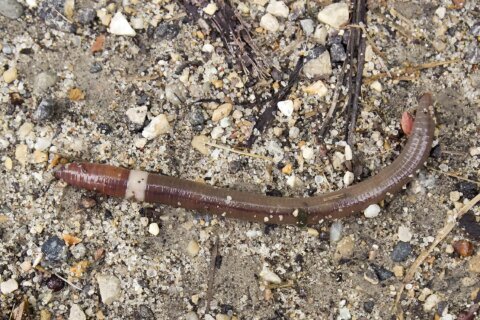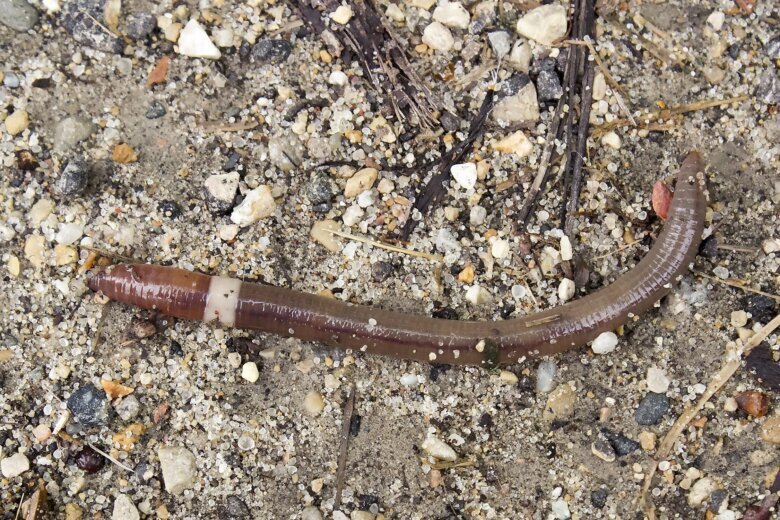
If you’re a local gardener, you may have noticed a worm that doesn’t act the like the others. When dug up, instead of slithering along like some earthworms, this worm thrashes wildly, flails about and can even jump.
It’s an invasive worm from Asia called the Jumping Worm.
“These babies jump! They look like snakes. Our regular worms … the night crawlers, they’re kind of cute and they move around,” said entomologist Mike Raupp. “But if you dig up one of these jumping worms, they’re gonna jump around, they’re gonna look like a snake.”
But the jumping worms are not new to the United States.
“I think they were first discovered during the 1800s out in California, but they’ve been in Maryland since 1939. The real problem is the rate at which they’re spreading to new states and new areas within states. So, for example, in 2021, they were only found in 15 states. Now, they’re found in more than 30 states here in the U.S.,” said Raupp.
Unlike other earthworms that burrow deep into soil providing important aeration, jumping worms live only at the surface, depriving the soil of nutrients.
“The bad thing about these jumping worms is they feed only in the upper layers of the ground cover. So they’re gonna feed in mulch [and] leaf litter, and they can turn that over so quickly, they’re actually depriving those nutrients, taking them away from the other organisms that live in the soil. This disrupts the entire ecosystem of these soils and this can have major impacts on the community structure, all the other microbes, all the other invertebrates that live in soil,” said Raupp.
Making matters worse, Raupp said new research indicates that jumping worms can concentrate heavy metals from soil.
“This means that birds or perhaps other creatures that are eating these worms may be in serious trouble if they are indeed concentrating heavy metals that may be detrimental or deleterious to the things that eat them,” said Raupp.
Jumping worms can travel in mulch, so Raupp recommends some precautions to prevent them in your own backyard.
“Make sure that mulch has been processed … heated to about 130 degrees. That’s going to kill any stages of those jumping worms that might be in that bag of mulch … if you’re buying bulk mulch, you can spread this on your driveway, cover it with a sheet of clear plastic and allow the sunlight to heat up that mulch to about 105 degrees for a day or two,” said Raupp. “That’s going to be easy to do this time of year and that will kill any of those jumping worms or the eggs, which we call cocoons.”









